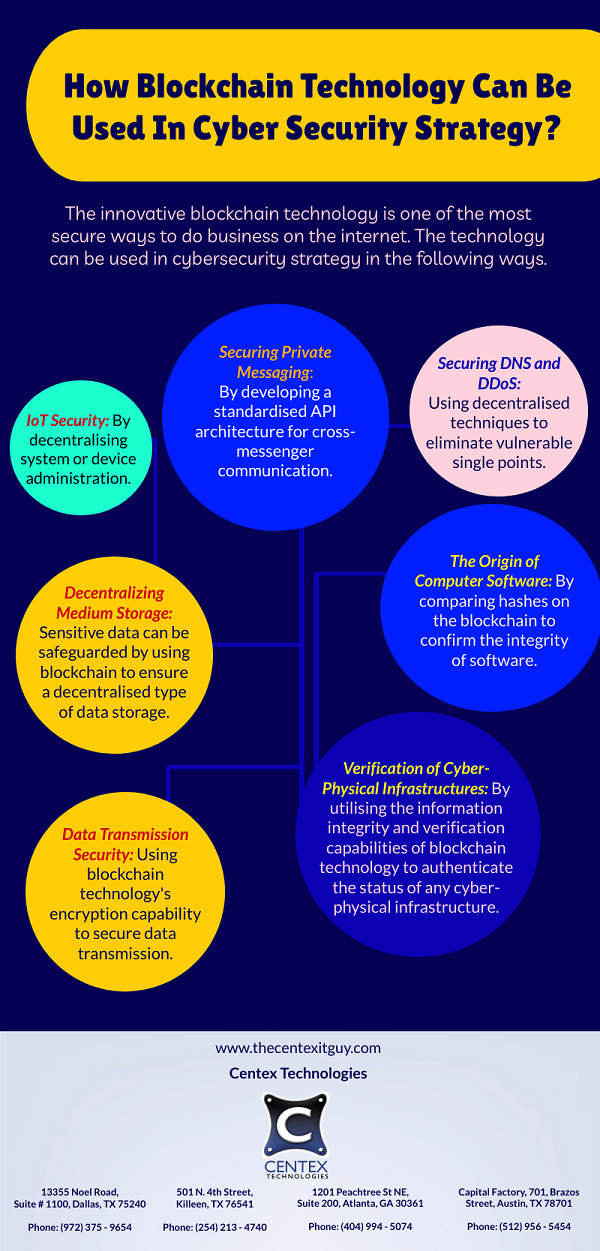With ever-growing challenges of cyber security risks, business applications are exposed to numerous attack vectors on a continuous basis. Being exposed to a vulnerability may disrupt confidentiality, integrity and availability of an application and its digital content. This emphasizes on the importance of application security.
Here are top tips about application security:
- Assume That Infrastructure Is Insecure: As most cloud providers are opaque in terms of security practices, so it is advisable for application developers to implement enough security measures in the application to suffice its security requirements, without relying on the environment. Also, at the time of development, it is often unknown where the application will be deployed or what environment will the application operate in, so it is safe to assume that the environment will be insecure and rely on in built safety features of the application.
- Secure Each Application Component: It is important to analyze every component of the application to determine the security measures it would require. Some application components such as program execution resources may require intrusion detection & prevention systems, while others such as database or storage may require access controls to prevent unauthorized elements from accessing the data. In addition to securing each application component, the firewall access should be constricted once the application moves to final production so that only appropriate traffic sources can access application resources.
- Automate Installation & Configuration Of Security Components: Manual installation & configuration processes are susceptible to human error and may be bypassed in case of urgency and business pressure. Automated installation & configuration of security components ensures that the recommended measures are implemented consistently.
- Test The Security Measures: Do not overlook inspection and validation of implemented security measures. Make it a point to include penetration testing in security testing protocols to gain valuable feedback on security issues that need to be addressed. Organizations may seek assistance from external parties to have an impartial evaluation of the application security and identify security gaps that may not be spotted in internal environment.
- Focus On Security Monitoring: Configure the security settings to generate critical alerts. It is important to attain correct configuration so that important alerts are not hidden in a blizzard of unimportant data. This requires continuous assessment & configuration updates and use of tools to send detected anomalies to target staff for timely action.
For more information on Application Security, contact Centex Technologies at Killeen (254) 213 – 4740, Dallas (972) 375 – 9654, Atlanta (404) 994 – 5074, and Austin (512) 956 – 5454.

